1. Canned Laughter Everywhere
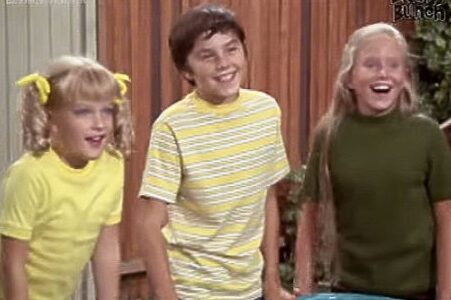
You remember that moment, when someone delivers a line, even if it’s just a pause, and boom, a chorus of chuckles kicks in. That was the laugh track’s magic, or shell game. In every sitcom, even during heartfelt or quiet scenes, there was never a second of dead airtime. Producers believed that an empty silence was unthinkable, so they filled it with a manufactured family of giggling strangers. This was especially common in multi-camera shows like The Brady Bunch or Gilligan’s Island, where laughter was “sweetened” in post-production to cue viewers when to laugh. It shaped how we watched TV. The soundtrack of laughter became as familiar as the theme songs themselves, so natural that missing it felt weird.
2. Smoking On Screen
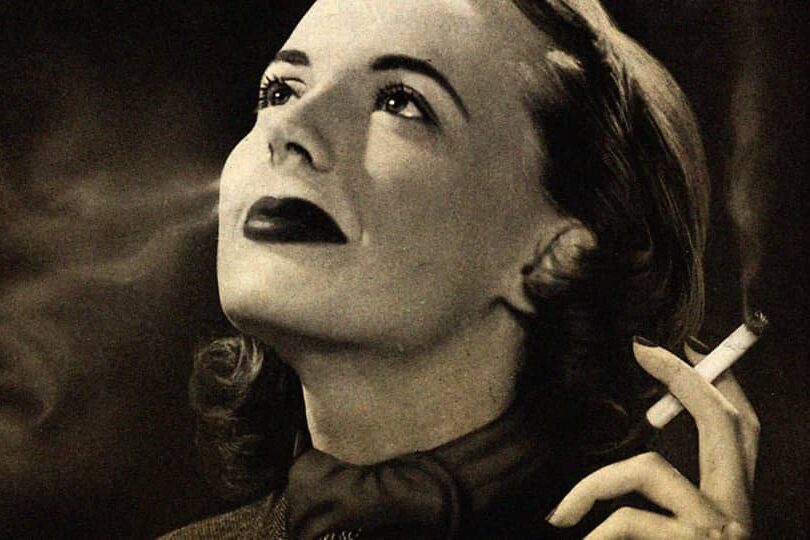
Back in the ’70s, a character pulling out a cigarette, or lighting up at the dinner table was an everyday life on TV. On December 31, 1970, just before midnight, Virginia Slims aired a groundbreaking commercial during The Tonight Show Starring Johnny Carson. The ad celebrated women’s progress over the past century, highlighting the strides made towards equality. Coincidentally, it marked a significant milestone as the last cigarette commercial on television in the United States, preceding the federal ban on TV and radio cigarette ads that took effect on January 2, 1971. Seeing characters smoking was seen as portraying “real life,” and sponsors, often tobacco companies, paid handsomely for that realism. Some shows even featured cigarette ads within the episodes themselves.
3. Animals as Co-Stars
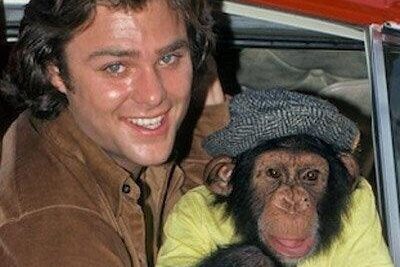
On set,1970s TV loved animal sidekicks. Shows like BJ and the Bear and Gentle Ben didn’t just throw in an animal cameo; they built the show around them. BJ’s bear was more than a prop, it created comedic chaos, and embraced the spotlight alongside human stars, and these animals became part of the TV families. Producers also recognized that viewers loved them, and so did sponsors. In one episode of Lassie, the dog even saved the entire town from a forest fire. It wasn’t just naive kitsch; it was storytelling with a heart and a hint of wild unpredictability. And while working with real animals could be chaotic on set, the payoff was worth it: audiences tuned in week after week, waiting to see what the furball would do next.
4. Plot-Explaining Theme Songs
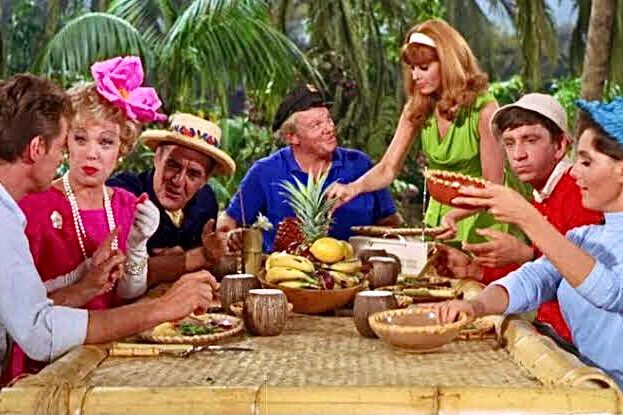
’70s theme songs like that of the Gillian Island didn’t waste time, they spelled out the premise in catchy choruses so you instantly knew what you’d get. Likewise, The Brady Bunch introduced six kids and a blended family in verse; while Welcome Back, Kotter told us about Sweathogs and their teacher. These theme songs were mini-stories in themselves. You could skip the first few scenes and still know who was who and what the show was about, because the theme had already explained it. That upfront exposition made it impossible to forget what the show was about, as long as you remembered the tune.
5. Sexism Played for Laughs
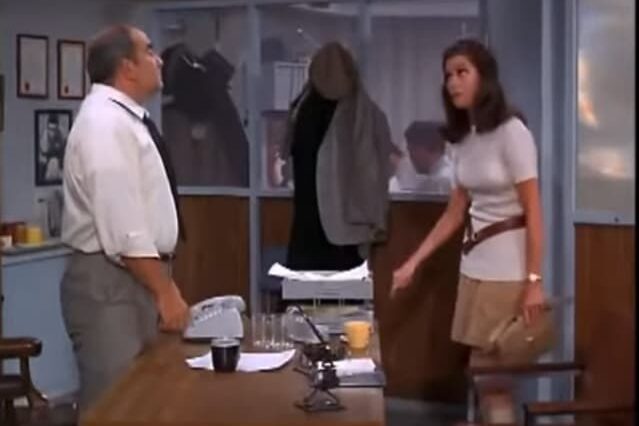
Back then, shows leaned heavily on old-school humor about “bossy” wives and clueless husbands, like it was nobody’s business. Sitcom humor often relied on outdated gender stereotypes: domineering wives vs. clueless husbands or bickering couples, frequently played for laughs. Shows like All in the Family and The Mary Tyler Moore Show featured such dynamics, reflecting and reinforcing stereotypes of men vs women that feel dated and indeed problematic by today’s standards. Looking back, it’s clear much of that humor reinforced gender stereotypes.
6. Variety Shows Gone Wild
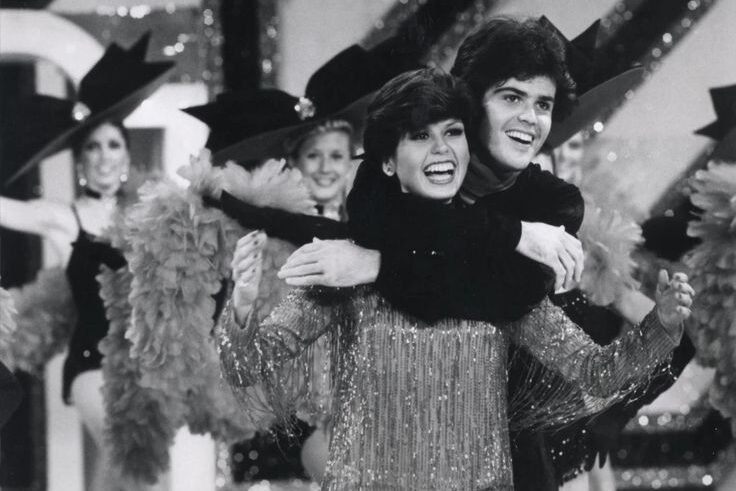
Tune into Donny & Marie and you might see them singing a duet, then, out of nowhere, a bear on roller skates would waddle onstage for a comedic bit. That randomness was part of the charm back then. Variety shows embraced the unexpected like opera singers followed by jugglers, pantomime artists, or novelty animal acts. This anything-goes format gave producers flexibility, kept audiences guessing, and meant you never knew what kind of spectacle was heading your way. These shows blurred lines between music, comedy, novelty, and spectacle by offering a little bit of everything, sometimes with questionable taste but always with heart.
7. Shockingly Politically Incorrect Ads
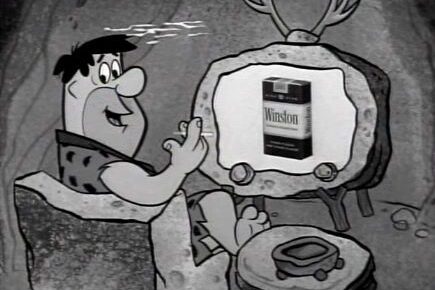
Remember cigarette ads starring beloved TV characters? In the early ’70s, tobacco companies were still allowed to advertise on TV, often cigarette using jingles like “Winston tastes good like a cigarette should.” Big names like The Flintstones even featured cigarette pitches, with kids watching alongside their parents, completely unaware of the risks. But that all came to a halt with the 1970 Public Health Cigarette Smoking Act, which banned cigarette ads on TV effective January 2, 1971. Watching those commercials now feels like stepping into a time capsule, and a reminder of how much social awareness has moved forward.
8. Totally Random Guest Stars
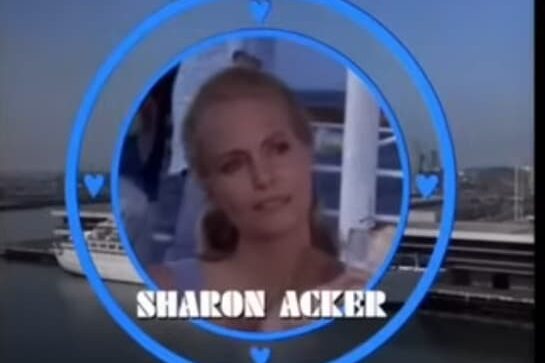
That sort of bizarre crossover was surprisingly normal in the ’70s. Producers loved stunt casting by dropping celebrities, athletes, or musicians into shows for one-off appearances. A big example of this was the Love Boat TV series which had over 500 guest stars. This wasn’t about story cohesion, it was about ratings and novelty. Viewers tuned in just to see “who’s next,” even if their presence didn’t make sense. Nowadays, we might call it fan service; but back then, it was just dinner-time entertainment.
9. Polyester Bell-Bottom Cops
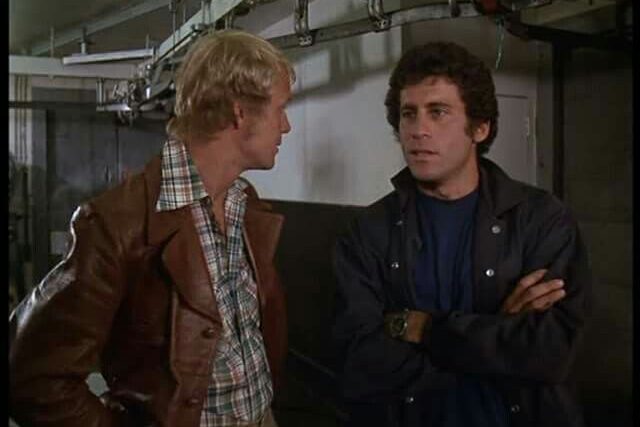
In shows like CHiPs and Starsky & Hutch, officers solved crime in polyester bell-bottoms and flashy disco shirts. Practical? Not quite. But stylish and memorable? Absolutely. Instead of tactical gear, you had mirrored sunglasses, thick sideburns, and exaggerated collars. Ponch and Jon patrolled Californian highways on motorcycles, looking more runway-ready than raid-ready. This era showed how TV leaned into style, even in crime dramas. The bold fashion reflected the cultural mood, full of color, confidence, and a dash of glam. It was part of the recipe for viewers falling head-over-heels with those shows.
10. Saturday Morning Toy Ads Disguised as Cartoons
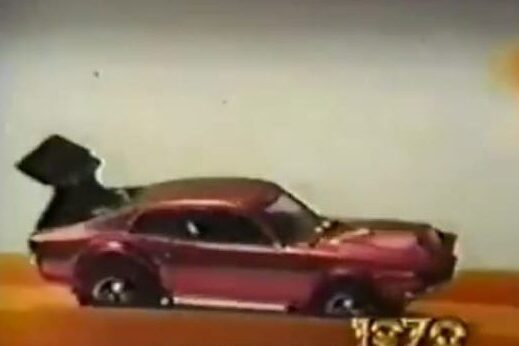
On Saturday mornings, shows like Hot Wheels weren’t just cartoons, they were half toy commercials. Mattel dominated the screen, blending entertainment with advertising so seamlessly that kids didn’t realize they were being marketed to. These shows followed toy storylines, featured product plug-ins, and sometimes sparked backlash. The FCC eventually stepped in, distinguishing between programming and commercials. But in that moment, toy-driven shows captured imaginations and toy sales zlike never before.
11. Characters Who Disappeared, Forever
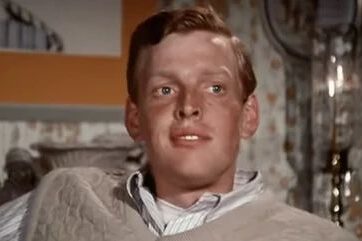
In ’70s TV, you could blink during a show and miss a disappearing character, never to be mentioned again. Chuck Cunningham on Happy Days is the classic example, he left school, moved away, and that was that. No farewell episode, no mentions later, just gone. This was common as writers often pruned characters to focus on new storylines, without explanation. At times, it left family members, friends, or entire plot threads dangling, but viewers shrugged and moved on. This is because there were simpler times, and there was no social media outrage or fan pages to demand explanations. So, a character vanishing was just part of the show.
12. Zero‑Story Sketch Shows
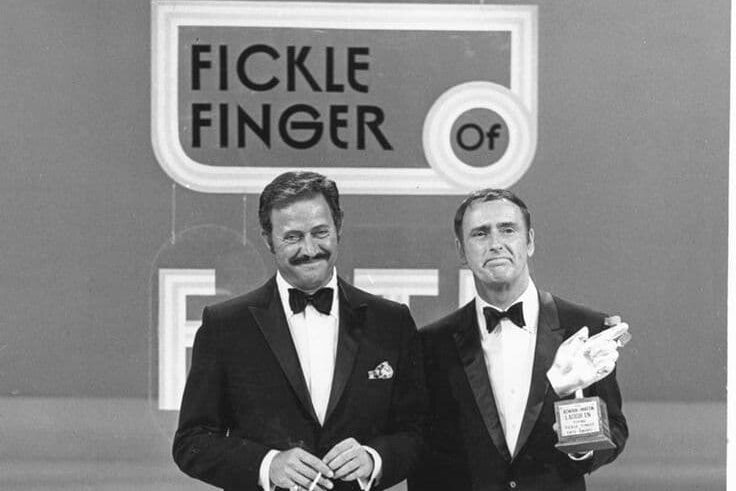
Rowan & Martin’s Laugh‑In was the blueprint for free‑form comedy because it tossed out plot and just served up one gag after another at breakneck speed. You’d get quick-hit sketches, zippy visual gags, puns, even surreal jokes in rapid-fire succession. There was no storyline to follow, one minute you’d see a cocktail‑party bit, the next a celebrity cameo, then a one‑liner in front of a psychedelic wall. It felt like flipping through comedy channels at warp speed, pulling you in by sheer momentum. In that era, audiences didn’t expect narrative arcs; they wanted punchline after punchline, even if it meant zero continuity. It made watching TV feel like a live comedy event, even in your living room.
13. Spinoff Mania
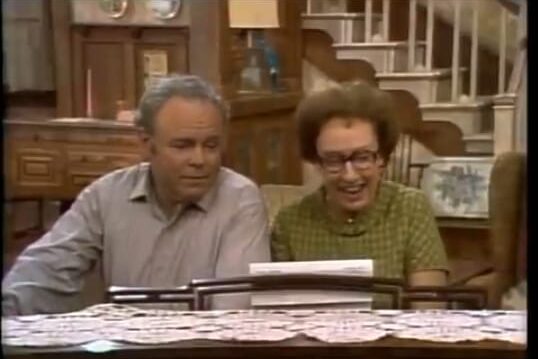
If you watched All in the Family back then, you were basically in the center of a sitcom galaxy. It birthed Maude, which spawned Good Times, and then there was The Jeffersons. Each show spun off characters into their own series, and then those sometimes spun off others. This network strategy wasn’t just novelty, it was ratings gold. Viewers followed familiar faces into new settings, and producers had a built-in audience. It also allowed shows to explore different social issues, like race, class, or gender, without altering the original show’s tone.
14. Wild Premises That Somehow Worked
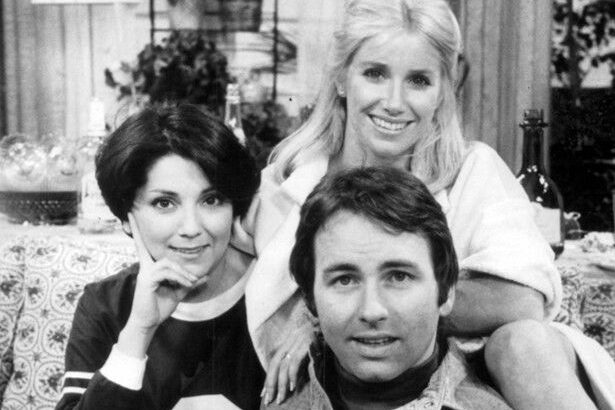
Take a look at Three’s Company, a show about a straight man pretending to be gay so he could live with two single women was a wild concept, right? Yet, somehow, decades of conservative TV norms gave way, and it became a hit. The premise let writers spin endless misunderstanding-based comedy, with kooky scenarios peppered in every episode. Behind the scenes, things got even wilder: Suzanne Somers, who played Chrissy, famously demanded the same pay as co-star John Ritter and got phased out after season 5. In hindsight, the show’s mix of sexual innuendo and slapstick feels dated but that daring idea lifted the lid on what sitcoms could explore. And by pushing boundaries, just a little, it reminded everyone how playful, surprising, and even a bit controversial prime-time family comedy could be.
This story 14 Forgotten Norms of the 1970s TV Shows was first published on Daily FETCH


